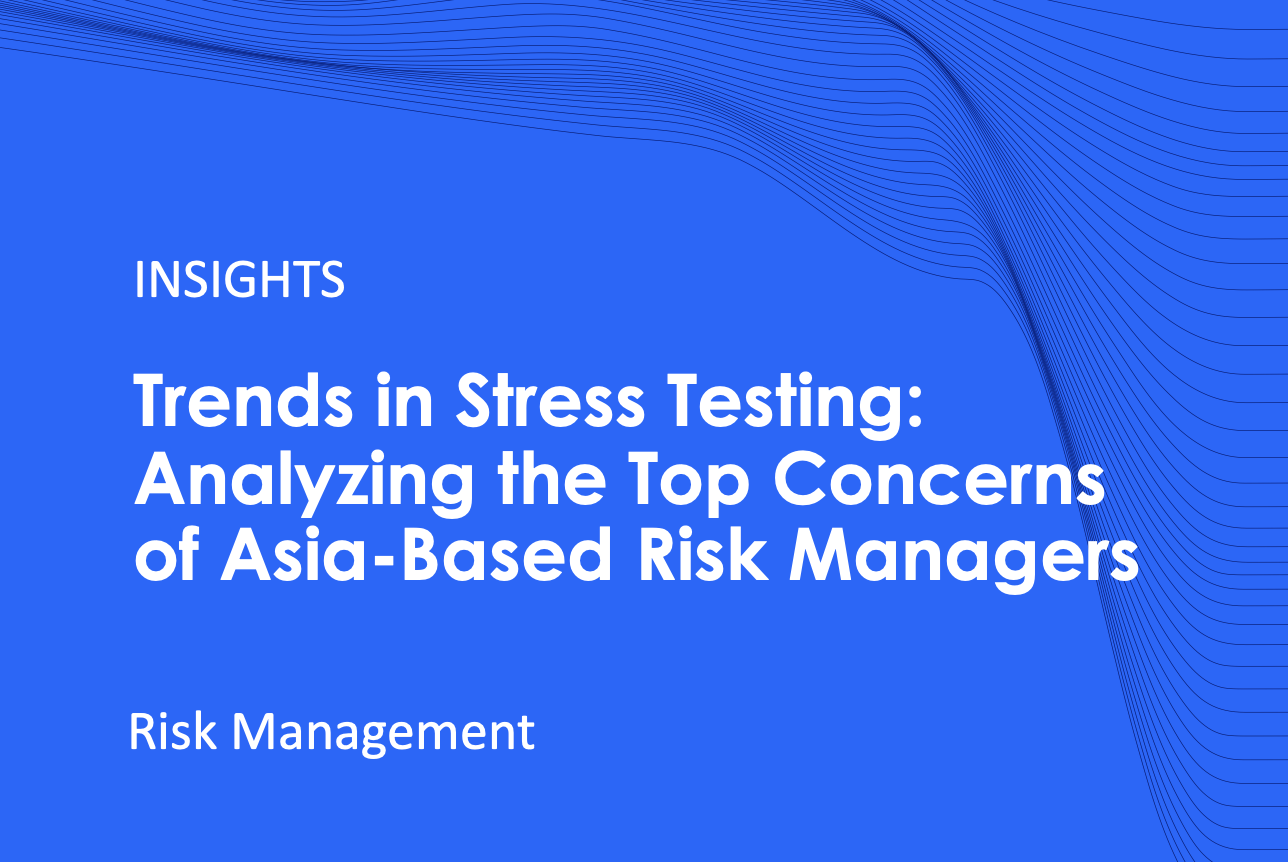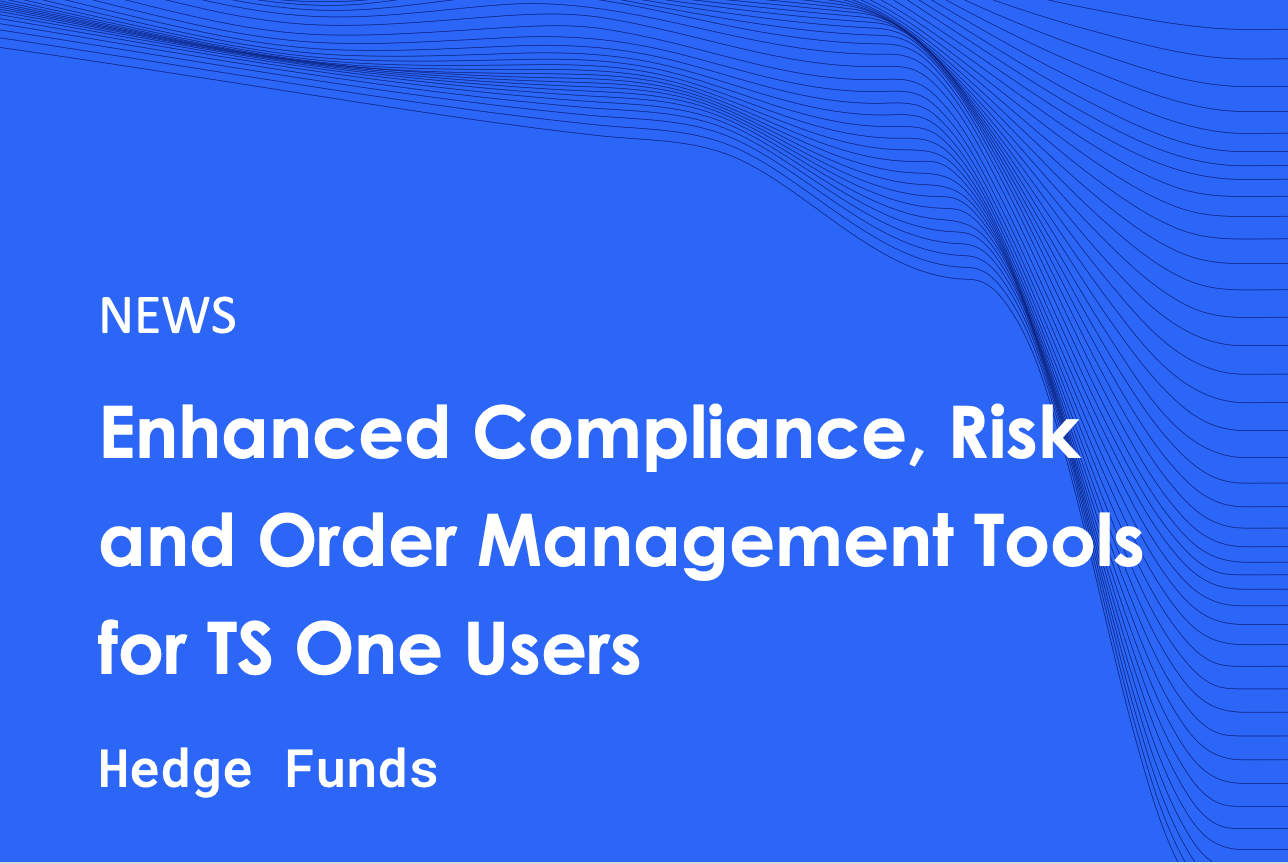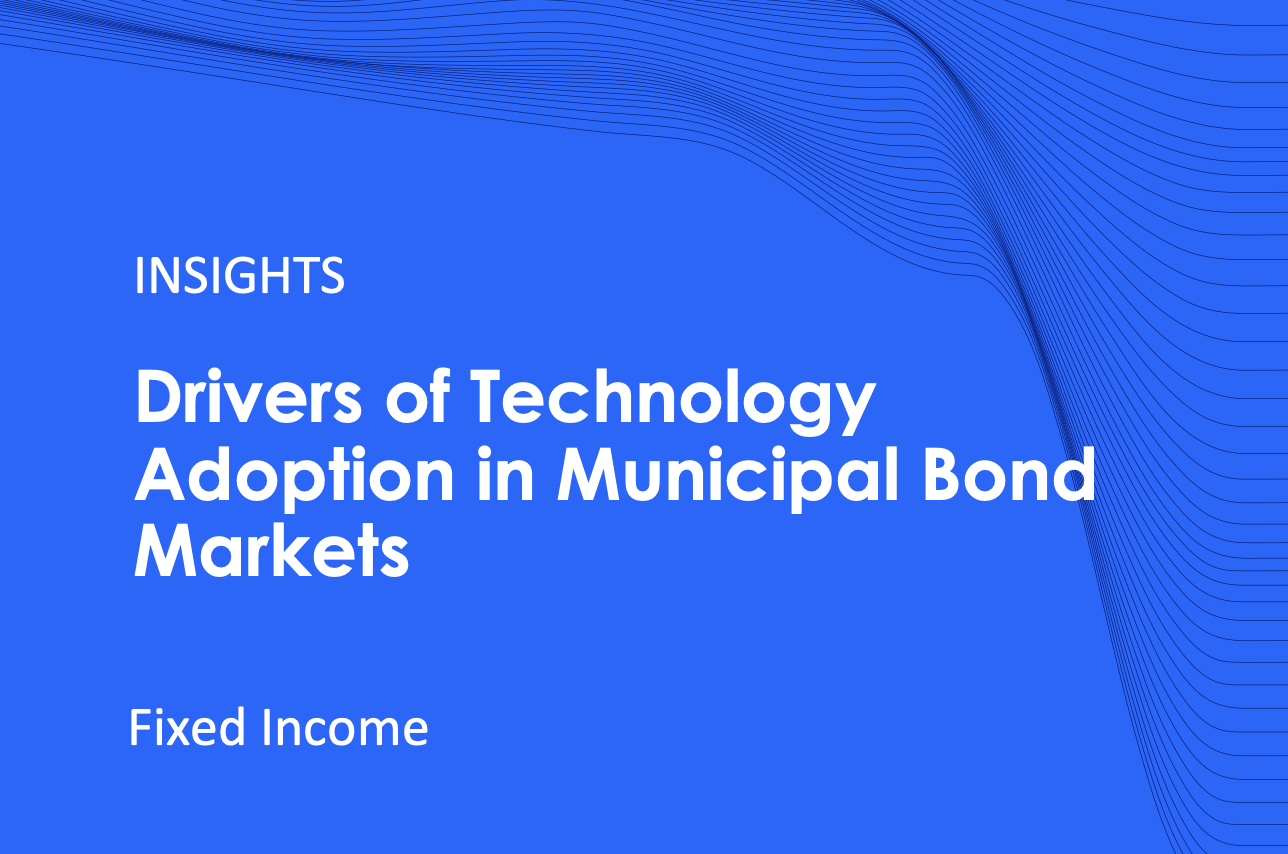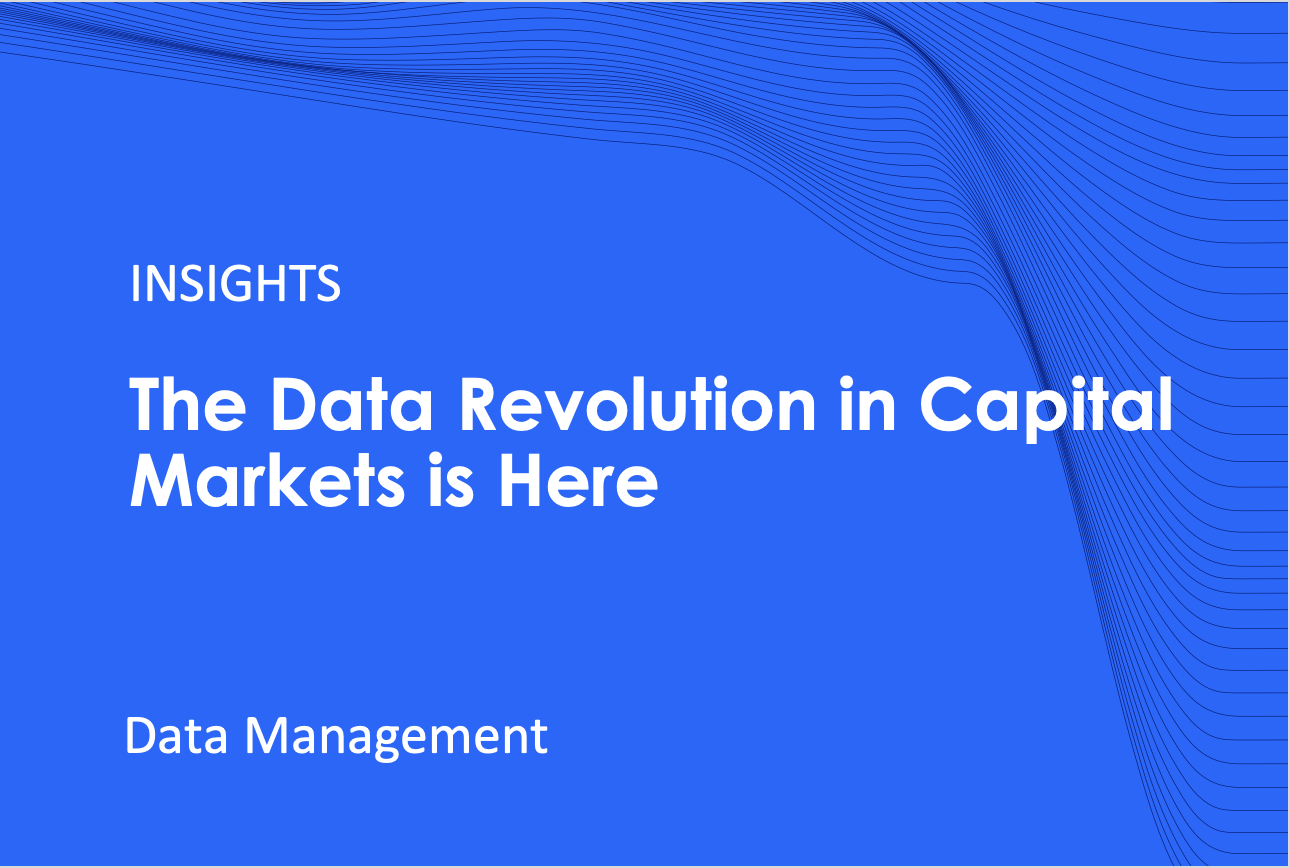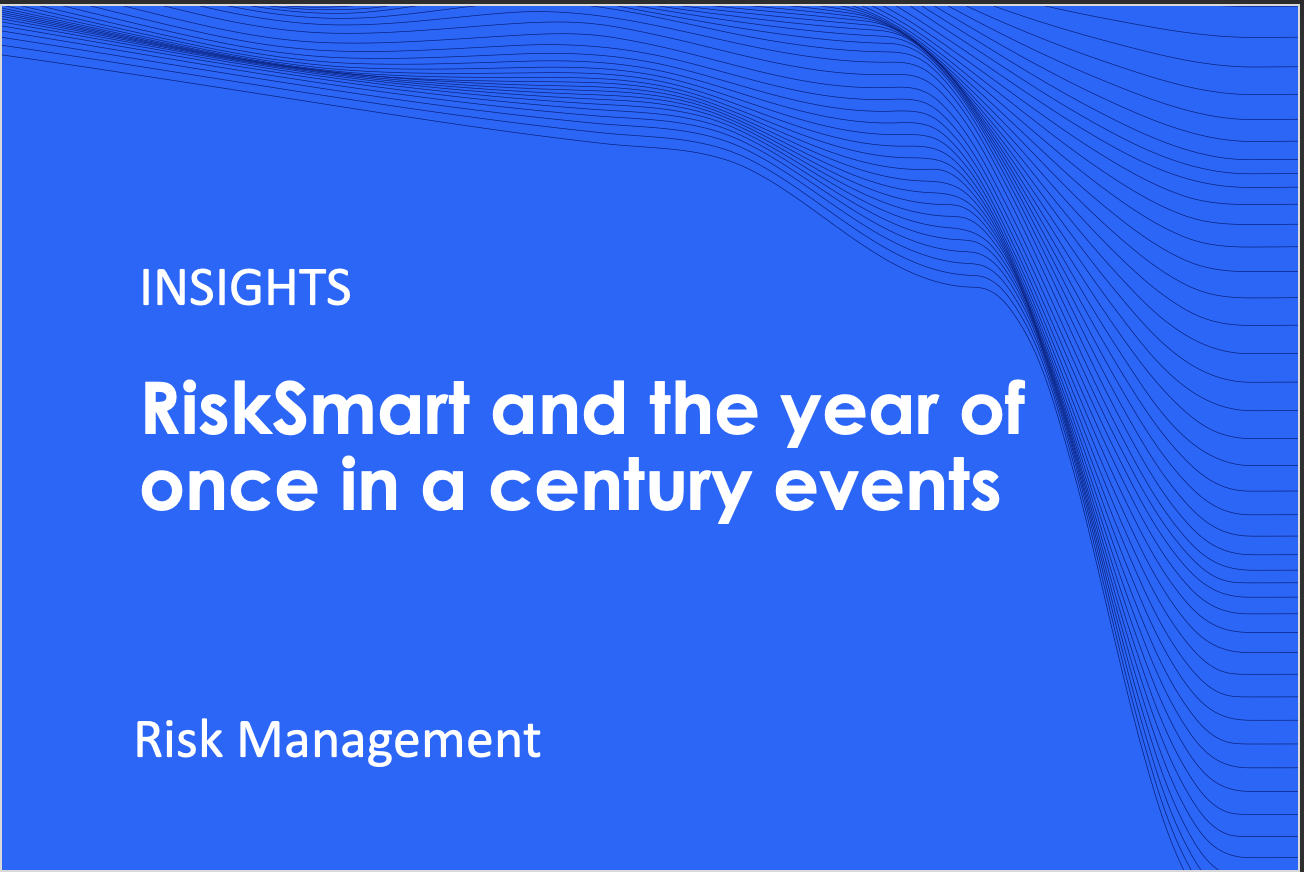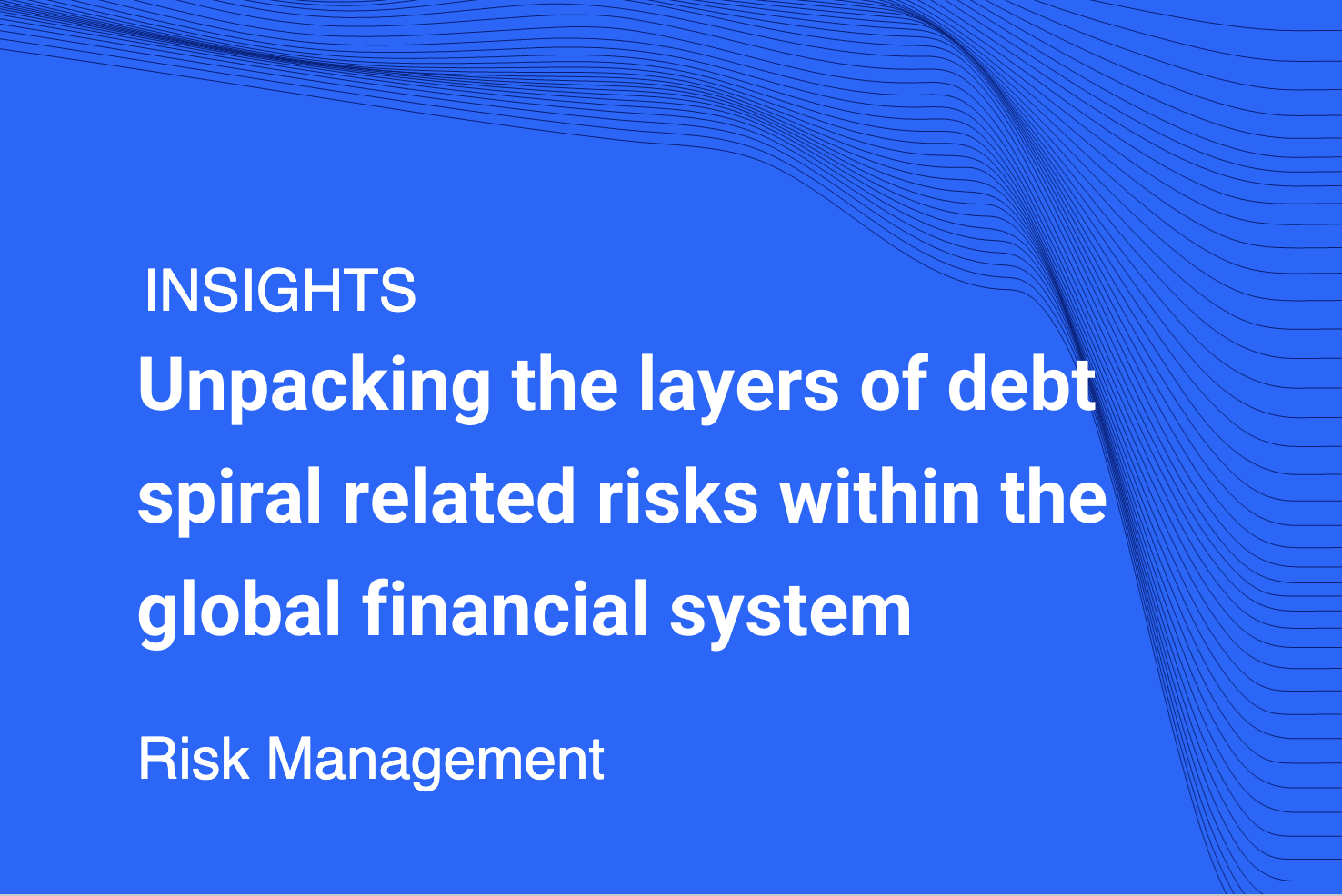Technology applies know-how for practical purposes.
Innovation applies technology for the first time.
Business leaders in banking and asset management have technology budgets that can run into seven, eight or even nine figures, yet they regularly struggle to affect changes that have immediate, impactful consequences. Significant overhead is incurred to maintain technologies that are no longer fit-for-purpose and cannot adapt to the dynamic environment. This “technology hangover” impacts businesses through competitive pressures, regulatory changes and market complexities that demand more nimble responses.
Meanwhile, pursuing a digital strategy often results in an outsized emphasis on the latest eye-catching industry topics that are emerging in “innovation labs” focused on developments such as blockchain, edge AI and digital assets. The fourth industrial revolution is, of course, critically important, but these are projects that will redefine our industry in the decades to come; rarely are they impactful to the core institutional business of today.
Taken together, this means too much is spent on legacy tech from the past and
cutting-edge tech that might (and might not) deliver a meaningful ROI in the future.
Digital Innovation with Immediate Impact
Sometimes, an external event is needed to catalyze actions that lead to the adoption of a technology at scale. Consider that James Watson and Francis Crick discovered the double helix structure of human DNA in 1953. Almost 60 years later, Nobel prize winner Jennifer Doudna spearheaded the development of CRISPR-Cas9 technology to edit DNA sequences in 2012. But it was not until the global pandemic in 2020 that the technology was applied in the form of mRNA vaccines that would save millions of lives.
So we should ask ourselves, in the context of the cycle of innovation in our industry; are we in 1953, 2012 or 2020? And in terms of the current environment, is there a catalyst and an opportunity?
Currently, in fixed income trading there is both a catalyst and an opportunity. In a major paradigm shift, we are moving from an era of low interest rates (in most developed markets) and relative stability to one of rising interest rates, soaring inflation, and elevated volatility.
Regulators have fixed income markets in their sights and are questioning market conventions that have persisted for decades, demanding levels of transparency and oversight that may require significant changes to firms’ day-to-day operations.
Accelerated by the pandemic, fixed income trading is transforming. Electronification, new market participants, and better access to data and analytics have shaped the market such that technology is becoming the kingmaker for dealers and investors. Significant opportunities exist to improve productivity and efficiency while scaling businesses and generating alpha.
Decision makers on fixed income desks and C-suite executives responsible for technology budgets have to make important choices that will mean the difference between capitalizing on change or being left behind in the arms race. For those that are up to speed on market developments and technology options and have decided to act, the key question is, how to execute? Should they build a solution themselves or buy one, and if the latter, which criteria matter most?
Sources of Innovation
Aside from a select number of entities that would be better described as tech companies disguised as financial services firms, the core competence of nearly all banks and asset managers is not building software. While they can access big budgets and talented teams, building sophisticated technology is time- and resource-intensive and can easily distract from what those businesses do best – generating returns for their clients.
Software as a Service (SaaS) companies that offer flexible and secure, cloud-based platforms using a subscription model provide accelerated delivery and cost efficiencies. By employing agile software development their products evolve quickly, remaining current and responsive. At TS Imagine, we have invested millions of man-days developing solutions that are fit-for-purpose and available for deployment within weeks. The SaaS approach avoids expensive overhead and long lead times associated with on-premise solutions and in-house builds, while platform efficiencies mean solutions are future-proof, keeping pace with changes in the market. This gives financial service businesses the flexibility to pursue opportunities and manage challenges that are core to what they do.

There is a path to digital transformation that can offer an immediate impact. The innovation and investment has already happened and the window in which to benefit from that investment is open. We are in the middle of a once-in-a-generation transition and firms need to be ready to jump in.
When deciding how to prepare for this challenging chapter in financial markets, fixed income desks need to think carefully about what they need and how best to acquire it. Right now, the right technology partner can offer fixed income trading desks the opportunity to improve liquidity and access more venues, trading protocols, analytics, automation, productivity, intelligence, and alpha, while rejecting inertia. For anyone’s money, that’s a good trade.


